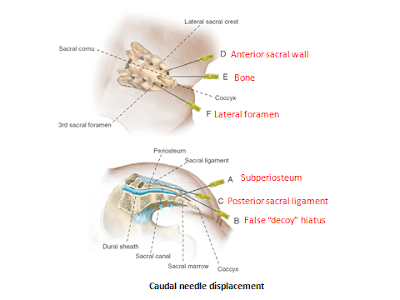
Sodium Nitroprusside Toxicity:
Mechanism of Action:
After parenteral injection, sodium nitroprusside enters red blood cells, where it receives an electron from the iron (Fe⁺²) of oxyhemoglobin. This non-enzymatic electron transfer results in unstable nitroprusside radical and methemoglobin (Hb Fe⁺³). The former moiety spontaneously decomposes into five cyanide ions and...
































